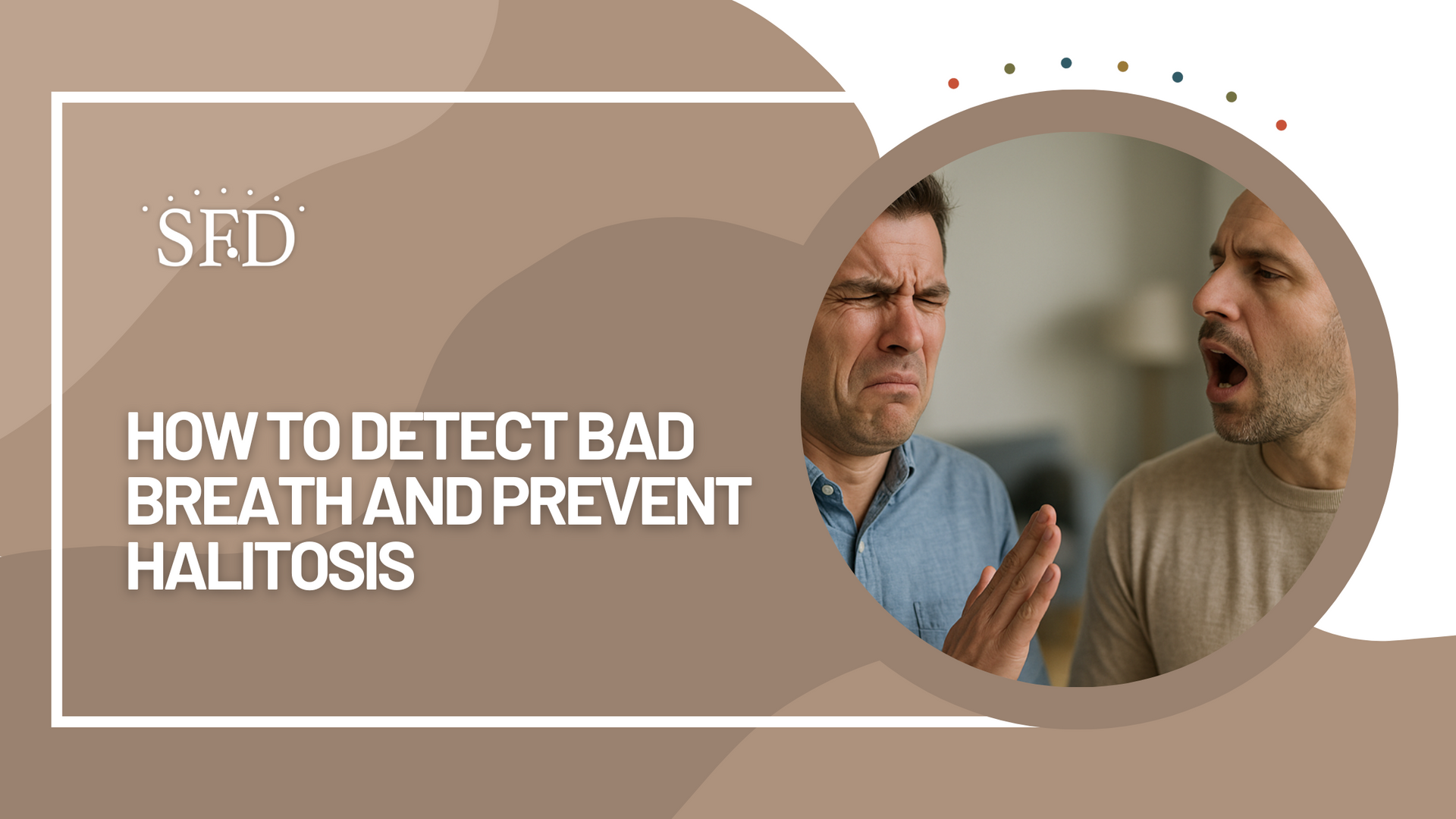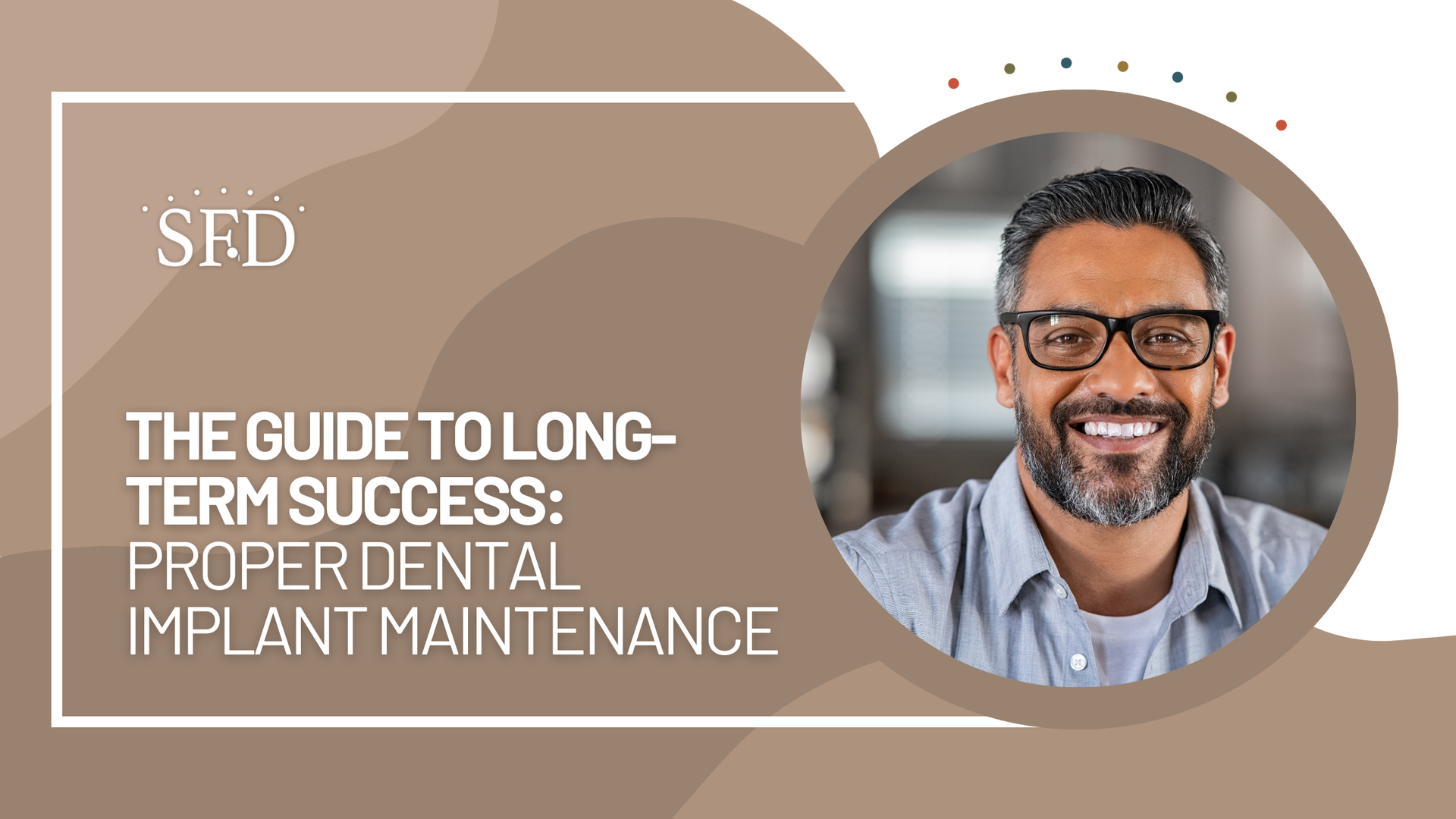The Science Behind an Attractive Smile

Source: Dr. Marketing
Your smile is one of the first things people notice about you. While an appealing smile conveys warmth and approachability, an unattractive one may leave a negative impression and hinder your ability to engage in new opportunities. At Stillwater Family Dental, our mission is to ensure that all our patients are confident in their smile. Often, people underestimate the power of a smile in forming lasting relationships or suffer from conditions that they believe are irreparable. Fortunately, we live in an era where almost any oral health condition has a solution.
But what makes an attractive smile? In this post, we will explore the science behind what people often subconsciously look for in an appealing smile. Luckily, there are various options available depending on the severity of your condition, and frequently, the solution is minimally invasive and more accessible than what you might expect.
What makes your smile appealing?

Many traits contribute to an appealing smile, and some of the most ideal features are achievable with basic oral hygiene. The color of your teeth and gums is widely regarded as a key characteristic of an attractive smile. It can usually be achieved through daily brushing, flossing, and regular dental visits.
Another characteristic of the smile people often overlook is gum display. Different people show varying amounts of gum when they form a smile. Showing too much of your gums may make your teeth look small, while too little can lead to a toothy or old look. Other overlooked traits include your smile arc (the line where your upper and lower teeth meet along your lower lip line) and the incisal edge (the edge where your upper teeth bite down), both of which are features that impact your smile.
Symmetry and spacing are also crucial aspects of an attractive smile and may be influenced by your cant (crookedness of your teeth) and the buccal corridor. The buccal corridor is defined as the area between your teeth and the corner of your mouth leaving you with a “crowded smile” if the space is too small or giving an appearance of missing teeth if it is too large. An overbite can also affect your facial symmetry, resulting in an unattractive smile or contribute to joint disorders. Finally, the dental midline, or the space between your two front teeth, is a crucial differentiator in an appealing smile.
How to Improve Your Smile

White teeth and healthy gums are generally considered more beautiful and can oftentimes be achieved by simply engaging in regular brushing, flossing, and dental checkups. However, certain habits, such as drinking coffee or regularly consuming dark foods like pasta sauce, may leave tough stains on your teeth. If you find that you can’t get rid of these stains with regular brushing, then you may want to consider professional whitening, veneers, or crowns, which can help brighten your smile.
For patients struggling to correct a gummy smile, many treatments are available, each varying in severity of the condition. A dentist can usually reshape your gumline through a procedure called gum contouring. This procedure involves using a laser or scalpel to expose more of your tooth surface. Crown lengthening can also be used to remove unnecessary gum and underlying bone to lengthen the visible portion of the tooth. Other options include orthodontic treatment, such as braces or Invisalign. In some circumstances, Botox can even be used as a non-surgical procedure to alleviate overreactive lip muscles temporarily.
If you are struggling with an uneven smile arc or incisal edge, your best solutions will most likely involve an orthodontic treatment. However, in some cases, you may be a candidate for enameloplasty, which consists of making minor adjustments to the tooth's length or shape to smooth the arc. Certain patients may find that veneers or dental bonding will provide the best correction.
For those facing symmetrical issues involving the buccal corridor, dental midline, or an overbite, orthodontics is often the most viable option. Nevertheless, there are other treatments available, depending on your condition, such as extractions, restorative dentistry, or palatal expanders, which may serve as alternative options.
Conclusion

An attractive smile can give you the confidence you’ve been looking for, but don’t be discouraged if you didn’t find the solution you were looking for in this post. Every patient faces a unique condition, and many treatments not included here are constantly evolving as modern dentistry continues to grow and expand. Often, the best solution is to consult a dental professional to determine the most suitable treatment for you. Here at Stillwater Family Dental, we would be happy to schedule a consultation to address your specific needs and develop a personalized treatment plan to help you take the next step in achieving the beautiful smile you’ve been looking for.









